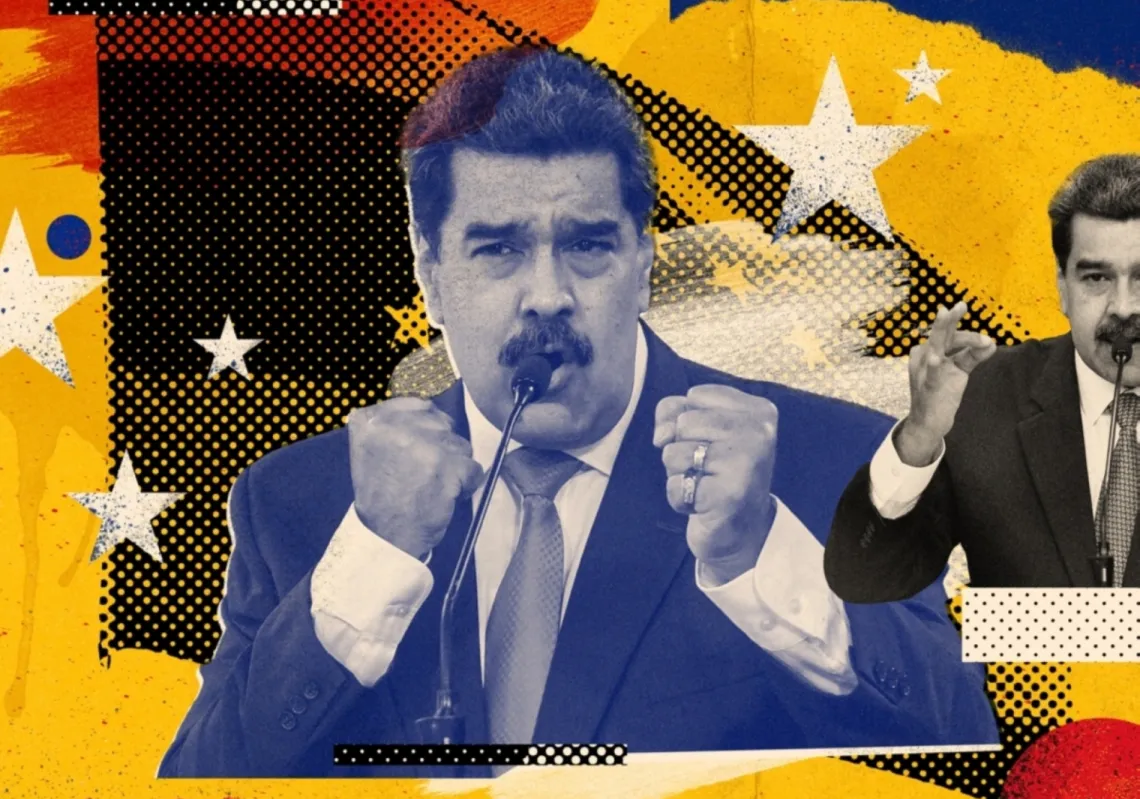After activating the new tourist visa regime in 2019, Saudi Arabia has become a new destination for tourists who love to explore the Kingdom and experience unique adventures that do not exist anywhere else in the world. One such attraction is the King Abdul Aziz Camel Festival (KAACF) organized by the Saudi Camel Club (SCC).
This is one of the biggest in the world with the participation of 38,000 camels and 1800 contestants, both local and international. The activities vary between camel beauty contests (Mazayeen), racing, auctions, camel milk tasting, etc.
“There were tourists from the UK, USA, Germany and many Asian countries (at the KAACF) at the 5th edition was concluded early this year. They all shared the passion for camel racing and other camel competitions. We could have more foreign tourist if COVID-19 had not existed,” said one attendee to Majalla.
In a bid to boost its cultural heritage industries, Saudi Arabia has been working to turn itself into a global hub for the camel industry. With more than 1.4 camels, Currently, Saudi Arabia ranks 3rd globally in the number of camels after the Sudan and Somalia. A couple of years ago, the Saudi Cabinet has approved the national database for tracking camels. In 2020, the Ministry of Environment, Water and Agriculture finalized implanting more than 1.4 m rice-grain-size microchips beneath the skin of the neck of each camel. By the end of September 2020, Saudi Arabia has finished the automatic numbering of its camel herd. Those digitized camels can be tracked, bought, and sold easily. The digitization helps in confirming ownership, discover infected camels, and restore the camels in case they get lost or stolen.
The Kingdom last year launched the largest camel hospital in the world. It spans 70,000 sqm with a total investment of USD 26 m. The facility is specialized in camel veterinary treatment and helps enhance veterinary facilities in the Kingdom.
DROMEDARY HERITAGE
Undoubtedly, the moving spirit behind this interest in the ‘ship of the desert’ is Sheikh Fahad bin Hathleen, Chairman of the Saudi Camel Club, founded in 2017. He has been leading local and international initiatives to promote the camel industry in the Kingdom as well as globally. In March 2019, Shaikh Fahad launched the International Organization of Camels (IOC) which represents an alliance that includes 100 countries across all continents. The alliance has taken important steps to further consolidate the camel industry such as holding the first camel owners’ conference in Europe (October 2019) and announcing the establishment of the European Society of Camel Owners in Switzerland. The IOC has also appointed “IOC Ambassadors” whose role is to spread awareness of the dromedary heritage worldwide.
The fifth edition of the KAACF attracted hundreds of camel lovers to the city of Al Sayahid Al Janoubia, 120 km from the capital, Riyadh where it was held. The widespread appeal was signaled by the participation of the camel-cow Victoria who was brought all the way from Colombia City, USA, to take part in the Camel Beauty Contest by her owner Hassan Joseph. There were also auctions, camel training workshops and racing activities.
The foreign participation in the latest version of KAACF opened new doors for a new special interest tourism, where camel lovers and owners can visit the Kingdom to satisfy their interest, learn more and enrich their awareness. Saudi Arabia is a virgin country for tourists and there are high hopes of increasing the sector’s share in the non-oil GDP.
FOOD INDUSTRY
For centuries, camel milk had been the main food source for inhabitants of the Arabian Peninsula. More people now are looking for organic foods everywhere in the world and camel milk seems to be the next hero in the milk market.
“I love camel milk. From time to time, I go to my friend’s farm to have it fresh. My fridge is never empty of that milk. It’s healthier and full of nutrients, and most importantly, it is lactose-free”, a fan of camel milk and meat named Khalid told Majalla.
Interestingly, Saudi Arabia exports camel milk to Western countries. Camel cheese and other dairy products have a great potential to be unlocked by ambitious investors. While some Saudi traditional restaurants serve camel meat with rice, more fast-food restaurants are taking more interest in serving camel burgers to customers! Opening world-class camel meat factories could be the new investment trend in the Kingdom according to people working in the industry.
Despite such lofty dreams and genuine progress, the Kingdom has a long way to go to promote the camel industry within its borders and globally. The dream of being a global, sustainable hub for the industry could be realized faster than expected if the momentum is kept up.









